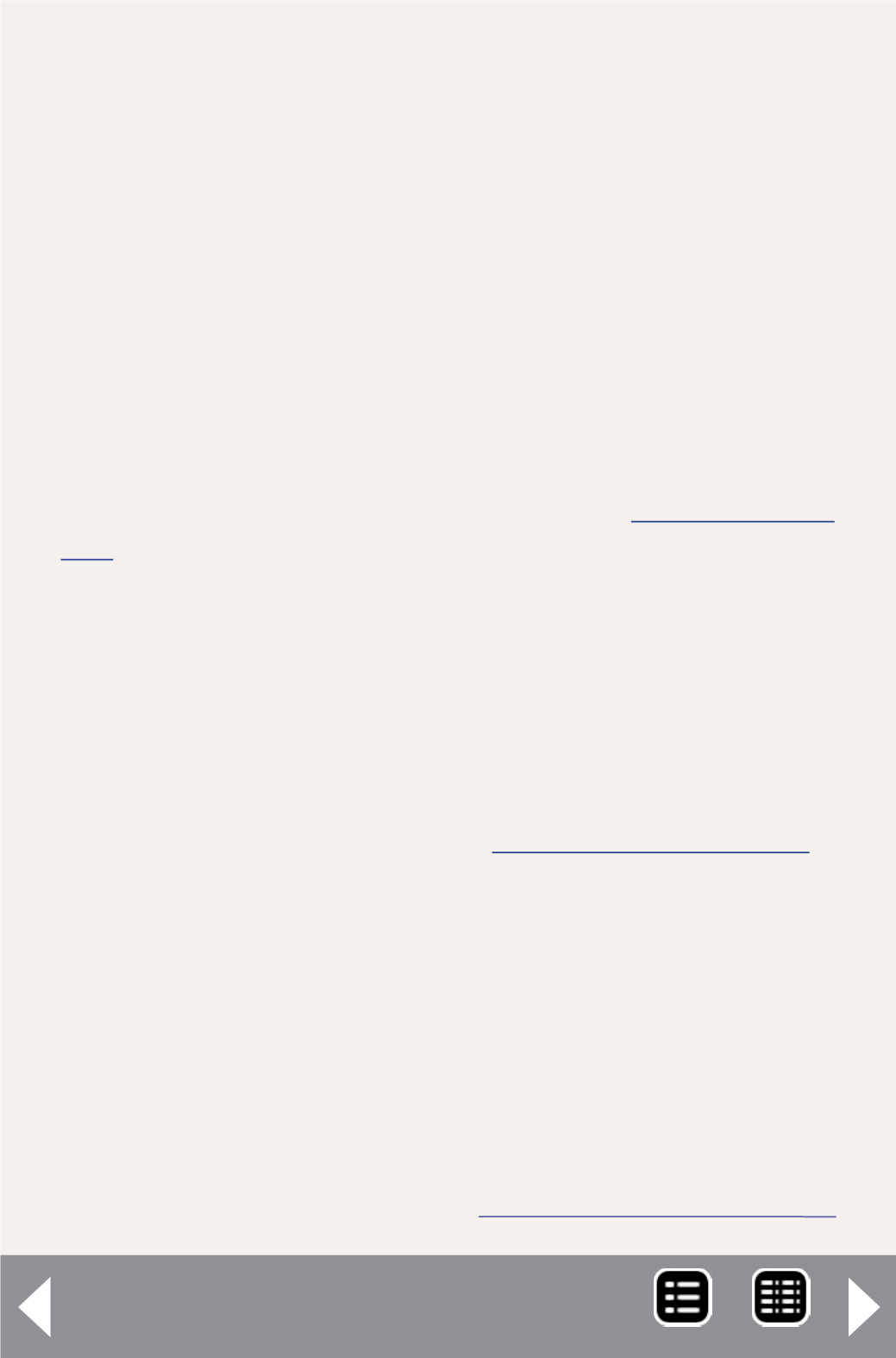
Charlie Duckworth points out that even with the wide variety
of commercial ballast available, it rarely matches well enough
to satisfy people modeling from photos of the real thing.
“The Mopac branchline I model was originally ballasted with
cinders,” Charlie said. “When I first started putting them down I
didn’t like the stark blackness so I did two things. I added a lit-
tle brown and gray ballast, and I add a few drops of my acrylic
dirt color in the glue mix, which tones down the black cin-
ders and blends with the surrounding dirt color on the layout.
Last step is to sprinkle a little ground foam over the ballast to
denote a few weeds growing up between the ties.”
Charlie’s central Missouri Ozarks can be seen at
and in “Model Railroad Planning 2010” from Kalmbach.
For people who don’t want to deal with the fumes from alco-
hol, Cajon Pass John reports good results dampening the dry
ballast with just water and the Super Wet additive from Scenic
Express in a dollar shop hairspray mister. Peter F. uses Rain-X
for the same purpose.
You can read the original Model Railroad Hobbyist Forum
thread on ballasting techniques at:
.
– MRH
Q.
Out railfanning, I saw a square sign with yellow and red
diamond shapes stuck into the roadbed. What are these for?
A.
The yellow-red sign is one of several temporary or perma-
nent signs that instruct train and engine crews. Yellow-red is
covered by Rule 12A (in the Union Pacific’s May 1, 1972 rule-
book and many others), which says:


